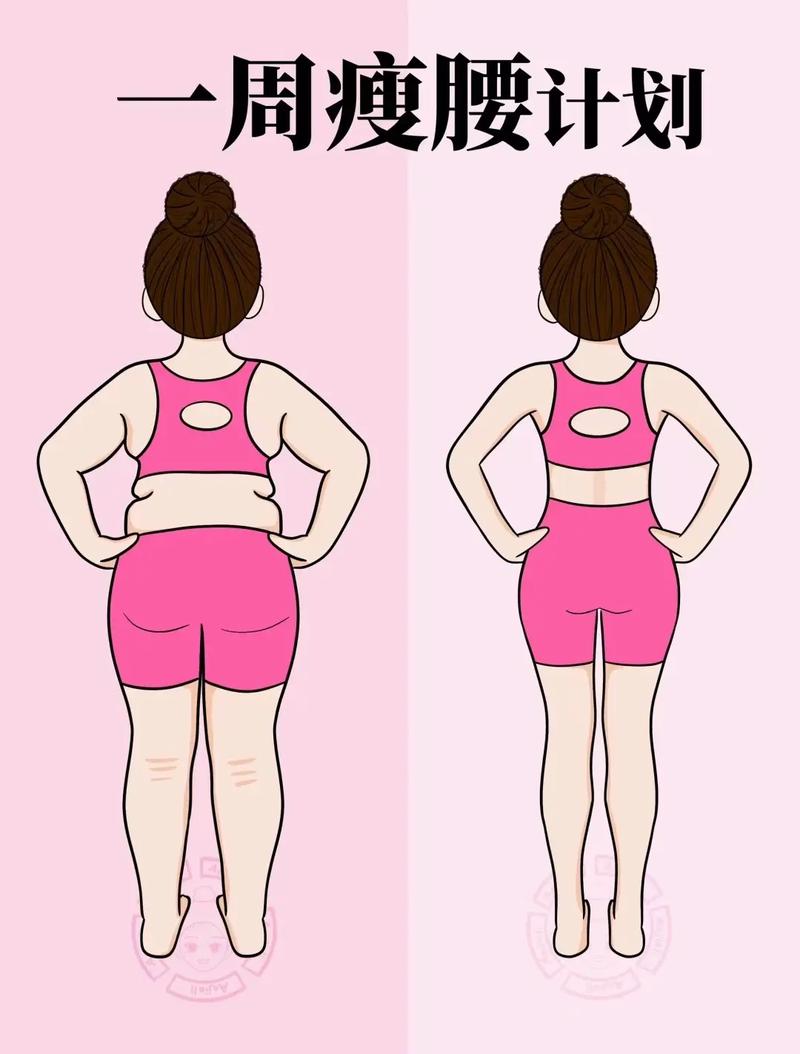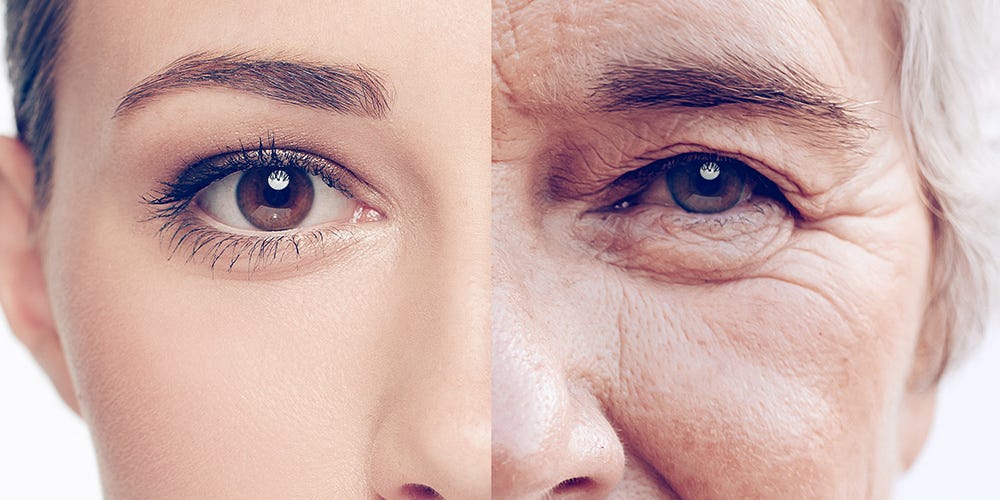In our hyper-connected world, where digital pings and constant demands vie for our attention, finding moments of calm and deep rest feels increasingly like a quest for a hidden treasure. Amidst the popular remedies and biohacks, a subtle sonic phenomenon is gaining traction: pink noise. It's more than just background sound; recent buzz, fuelled by its presence on platforms like YouTube and meditation apps, suggests it might be a key to unlocking enhanced sleep and concentration. While the science is still in its nascent stages, based on only a few small studies, the promise it holds warrants a closer look.

To understand pink noise, we must first tune into its more familiar cousin, white noise. Imagine the static hiss of an old radio or television. That's white noise, defined by having equal volume across all frequencies audible to the human ear. However, this uniformity often gives white noise a harsh, even piercing quality, particularly in its higher frequencies, much like a bright, untamed light can feel overwhelming.
Pink noise offers a softer alternative. Think of the soothing, consistent murmur of rainfall or the rhythmic sigh of the ocean. Pink noise achieves this by turning down the volume on those higher frequencies, resulting in a lower pitch that sounds more "rounded and balanced" than white noise. Technically, pink noise is fascinating; it's known as 1/f noise and is one of the most common noise types found in nature. Its energy spectrum distribution is also remarkably similar to that of speech and music. This inherent connection to natural and familiar sounds might be a key reason it feels inherently more calming and pleasing to our ears than the sometimes abrasive white noise.
So, beyond the subjective feeling of calm, what does the emerging science suggest? For individuals with attention deficit hyperactivity disorder (ADHD), limited studies indicate white and pink noise might offer small benefits. The theory is compelling: the noise provides stimulation to the brain without carrying specific information, effectively waking it up without causing distraction. It’s like providing a gentle, non-demanding hum that keeps the mental engine running smoothly in the background.

Perhaps even more exciting are the findings related to sleep and memory. Scientists at Northwestern University are exploring how short pulses of pink noise, delivered at specific times, might interact with and enhance the slow brain waves characteristic of deep sleep. Early small studies have shown promise, suggesting these carefully timed sonic pulses could improve memory consolidation and help the body relax more deeply. This research hints at the potential for future medical devices designed to personalize these noise interventions for therapeutic benefits, though many scientific questions still require answers.
Given the potential upsides and the low barrier to entry (many resources are freely available), is there any harm in trying? Generally, no, as long as common sense prevails. If listening to pink noise helps you feel calmer or effectively drowns out distracting environmental sounds, it makes sense to incorporate it into your routine. The crucial caveat, stressed by experts, is to keep the volume at a quiet level to protect your hearing and to take regular breaks.

In conclusion, pink noise, with its natural resonance and potential to gently influence our brain states during focus and sleep, presents itself as an accessible tool for well-being. While the scientific journey to fully understand its mechanisms and efficacy is ongoing, our personal exploration, conducted mindfully and safely, can offer immediate benefits – finding a moment of sonic peace, enhancing concentration, or perhaps, just perhaps, drifting into a slightly deeper, more restorative sleep. It’s a modern application of a sound found everywhere in nature, inviting us to tune in and see what quiet wisdom it holds.





